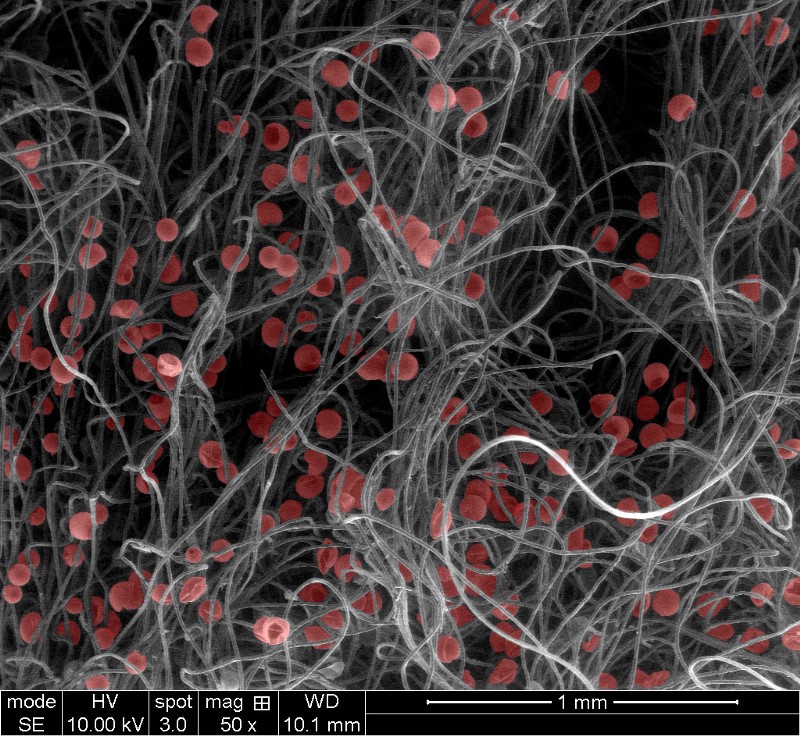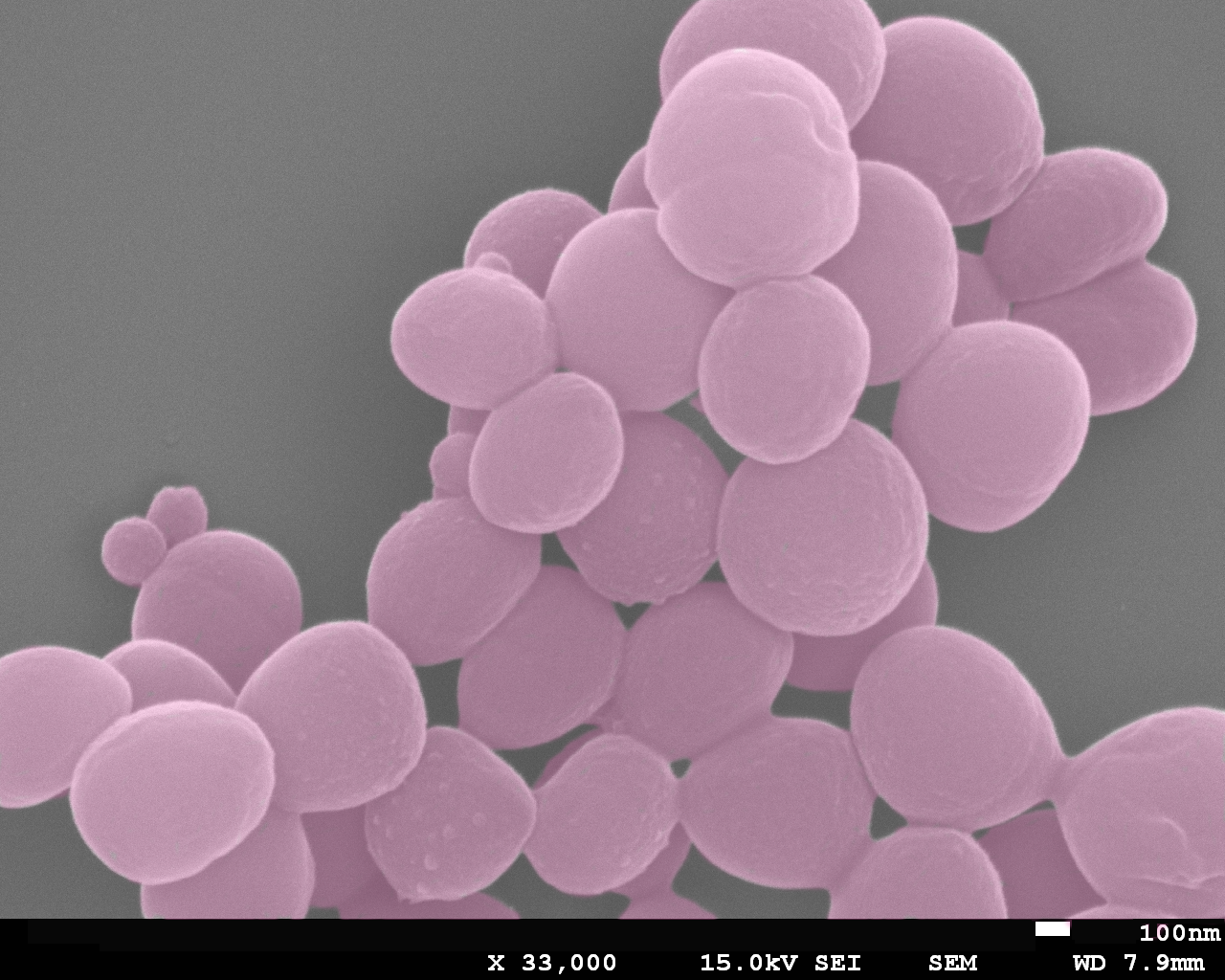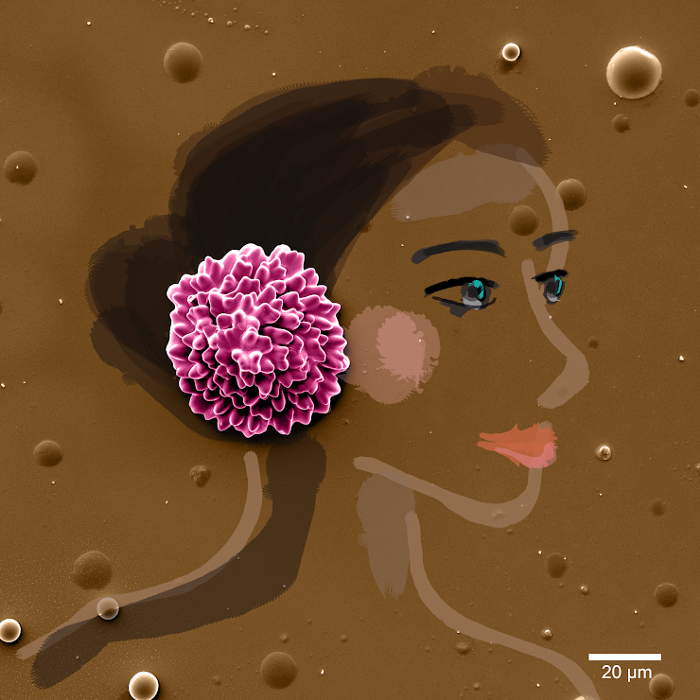The National Nanotechnology Coordinated Infrastructure (NNCI) exists to promote innovation and collaboration on cutting-edge nanoscale sciences, leveraging the resources of the country’s best-equipped research centers. Funded by the National Science Foundation, the NNCI consists of 16 such facilities, including the Mid-Atlantic Technology Hub based at the Singh Center for Nanotechnology.
Now, the NNCI is hosting the “Plenty of Beauty at the Bottom” image contest, which “celebrates the beauty of the micro and nanoscale.”
The images in this contest were all produced at one of the 16 NNCI sites during the past year and Singh projects are represented in all three categories: “Most Stunning,” “Most Unique Capability,” and “Most Whimsical.”
Winners will be determined by a public vote, which will take place on the category pages between October 7 and October 12, 2019. The winning artists will receive funds to support travel to a professional conference.
The Singh Center entries are:
Most Stunning

Title: Therapeutic Fruits
Artists: Yun Kee Jo, postdoctoral researcher, and Daeyeon Lee, professor, in the Department of Chemical and Biomolecular Engineering.
Description: Here, drug-loaded microcapsules are entrapped in a biomedical gauze patch. The capsules are designed to release therapeutics in response to mechanical forces from the gauze, such as stretching or bending
Most Unique Capability

Title: Healthy Staphylococcus aureus
Artist: Celine Burel, Senior Research Scientist at Solvay, COMPASS (a Solvay/Penn/CNRS Collaboration)
Description: Images in the “Most Unique Capability” category are meant to show off visions of the micro- and nano-scale world that are only possible at the artists’ facility. Burel, also a recent Penn alumna, captured the smooth and intact cell walls of the highly infectious bacteria Staphylococcus aureus. Structural damage, such as blisters or craters, is evidence of an effective disinfectant.
Most Whimsical

Title: Girl with a Flower: Self-assembled flower derived from a single spherical liquid crystalline droplet
Artists: Wei-Shao Wei, graduate student, and Arjun Yodh, James M. Skinner Professor of Science and Director of the Laboratory for Research on the Structure of Matter and Department of Physics and Astronomy, Penn Arts & Sciences.
Description: In the “Most Whimsical” category, real microscope images are embellished to create scenes. Yodh, Wei and their colleagues have discovered a way to change normally spherical drops of liquid crystal into elaborate shapes. In this image, they have superimposed one of their transformed drops into a woman’s hair, emphasizing its flower-like appearance.
